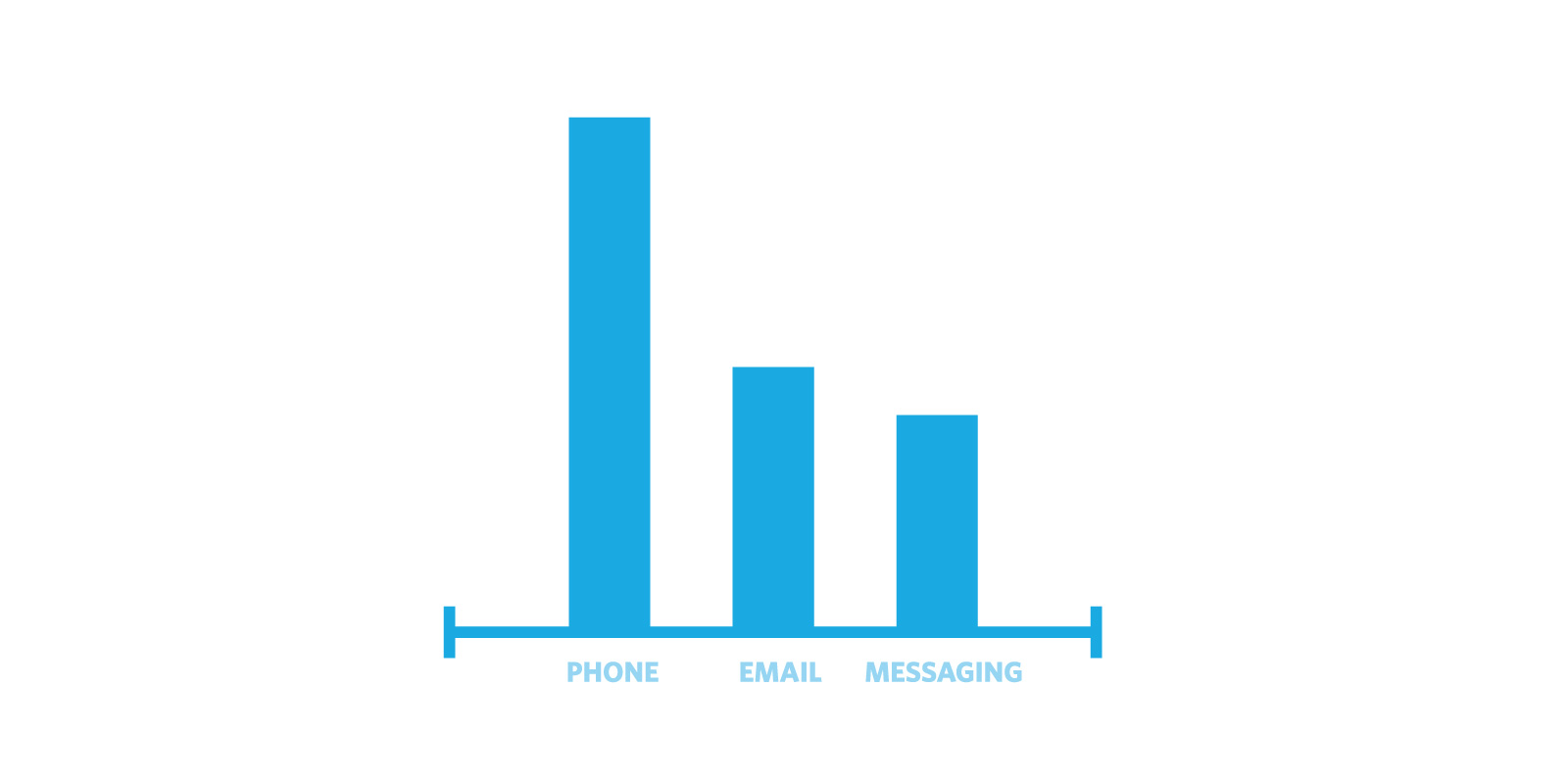5 Wege, wie Ell-Lehrer das Schuljahr 2020 meistern
In der sich ständig weiterentwickelnden Schulanfangssaison 2020 sind alle Schüler auf unterschiedliche Weise betroffen, aber keiner mehr als Schüler, die die englische Sprache lernen (ELL) und ihre Familien. Ohne Übersetzungshilfen für die tägliche Kommunikation über den Unterricht und das Lernen werden ELL-Schülerinnen und -Schüler zu kurz kommen und in Rückstand geraten. Pädagogen haben einen dringenden Bedarf an Hilfsmitteln für die Kommunikation mit allen Schülern, um sicherzustellen, dass kein Schüler zurückbleibt.
Pocketalk erkannte diesen Bedarf und befragte 100 ELL-Pädagogen im ganzen Land, um herauszufinden, welche Hilfsmittel Pädagogen benötigen, um integrative Lernumgebungen zu fördern. Die Umfrage brachte eine Vielzahl aktueller Informationen über den Übersetzungsbedarf in der ELL-Bildungsgemeinschaft für das E-Learning-Schuljahr 2020 zutage.
Die wichtigsten Situationen, in denen Pädagogen Übersetzungshilfe benötigen
![]()
Tägliche Kommunikation

Konferenzen
![]()
Verhaltensprobleme
![]()
Noten + Schularbeiten
![]()
Während Zoom-Meetings
Übersetzung ist in der täglichen Kommunikation unerlässlich
62% der Lehrkräfte nutzen die Übersetzung täglich, um mit den Eltern der Schüler zu kommunizieren, 35% und 3% nutzen die Übersetzung wöchentlich bzw. monatlich.


Das Telefon ist das bevorzugte Werkzeug für die tägliche Kommunikation
Im Vergleich zu allen Befragten kommunizieren Lehrer, die täglich Übersetzungen für die Kommunikation mit den Eltern von Schülern verwenden, eher per Telefon (43,5%) und weniger per E-Mail (11,3%).
Die Kommunikation wird sich rasch weiterentwickeln
99% der Pädagogen gaben an, dass die aktuelle virtuelle Umgebung die Art und Weise, wie sie mit ELL-Schülern und ihren Familien kommunizieren wollen, verändert hat.


E-Mail ist eine zweitrangige Wahl
38% der Lehrkräfte nutzen in erster Linie das Telefon für den Kontakt mit den Eltern der Schüler, gefolgt von E-Mail (20%) oder einer Messaging-Plattform (17%) wie Microsoft Teams.
Pocketalk, das weltweit führende Unternehmen für die Verbindung von Gesprächen und die Beseitigung von Sprachbarrieren, hat im Rahmen seines allerersten "Back to School"-Programms 100 Geräte an Pädagogen in den USA gespendet, die Schüler mit englischen Sprachkenntnissen (ELL) unterrichten. Während des Bewerbungsverfahrens beantworteten die Empfänger der Geräte acht Fragen, um die sich entwickelnden Sprachbedürfnisse der Bildungsgemeinschaft und ihre Kommunikationsstile im Vorfeld eines unkonventionellen Schuljahres aufgrund der anhaltenden Pandemie zu ermitteln.